Featured image: Two African wild dog pups | Photo by Mint_Images on Envato
These unique, charismatic and caring carnivores protect other species
by Rupi Mangat
Perhaps no creature has been so maligned as the African Wild Dog, to the point of their near extinction. Early 19th century settlers and colonial governments had a bounty put on the dogs, considering them as ruthless killers who disembowel their prey on the run. But conservationist Rosemary Groom from Zimbabwe says that these canines are so caring, they completely dismantle their bloody reputation.
“They are charismatic, vibrant and spectacularly beautiful,” states Rosemary Groom, a conservation biologist who leads the African Wildlife Conservation Fund (AWCF). After completing her PhD in wildlife conservation in 2008, she returned to Zimbabwe where she grew up. Since then, there’s been no looking back.
She explains: “African wild dogs have a mottled coat of black, white and tan with a white-tipped tail, Hence the scientific name Lycaon pictus for ‘painted wolf’. But It’s neither wolf nor dog, rather its own evolutionary lineage, which diverged over two million years ago.”

Rosemary Groom monitoring pack of African wild dogs in the field / Photo provided by AWCF
Wild dogs are Africa’s most endangered carnivore
“The African Wild Dog needs our help,” Groom states, saying that the wild dog is the second most endangered carnivore on the African continent with an estimated population of 6,500 in the wild. These are pack animals that live in close family units, and there are only 650 packs of the African Wild Dog existing today. This translates to about 650 breeding females – in the world – because they are obligate cooperative breeders (which means that a breeding pair depends on the support of helpers to raise their young).
The Ethiopian wolf found only in the Ethiopian highlands is Africa’s most endangered carnivore with some 366 alive. The cheetah comes a close third with an estimated population of 7,500 in the wild.
Widespread south of the Sahara to the southern tip of Africa until a century ago, today, the African Wild Dog is found in only 14 African countries, with viable populations left in only eight of those – Zimbabwe, Zambia, South Africa, Tanzania, Namibia, Mozambique, Botswana and Kenya.
The remaining resident range is only seven per cent of its historical range – a shocking reality. Therefore, only very few are privileged to see them on safari. I’ve only seen a pack once in 2020 in Selous National Reserve (a part of it is now gazetted as Nyerere National Park and touted as Africa’s youngest national park since 2019).
“African Wild Dogs don’t play by the rule book. They are pack animals and you can never get bored watching them because they are always doing something interesting. They are not remotely dangerous to people. If you are on foot, crouch down and watch them. If in a vehicle, enjoy the privilege of seeing them and do nothing to impact their behaviour. Watch from a distance so they are just as relaxed before you arrived.”
– Dr. Rosemary Groom
How the ACWF is helping African Wild Dog conservation
With only about 660 dogs in about 86 packs (translates into three or four main populations) in Zimbabwe today, found in Savé Valley Conservancy, Gonarezhou National Park, Hwange Ecosystem and the Zambezi Valley, AWCF’s projects involve not only research but also working with schools and communities that live alongside the dogs to create awareness and sustenance.
“Unfortunately, the changes in conservation policies are somewhat late,” she laments.
And the challenges are many, with habitat loss topping the list.
“The dogs are both keystone and flagship species,” explains the researcher. “This means if we protect them, then many other species are protected.”
AWCF works with 108 primary schools and provides vocational training and employment opportunities for local women adjacent to the wildlife areas. They currently manage an all-female team of fence guardians, maintaining fences along the wildlife areas to tackle the human-wildlife conflict and more. “It’s giving the women a stable income.”
According to Groom, “We know most of what is relevant about the African Wild Dogs and of course there is more to find but the key is – what are we going to do to conserve them instead of just researching?”
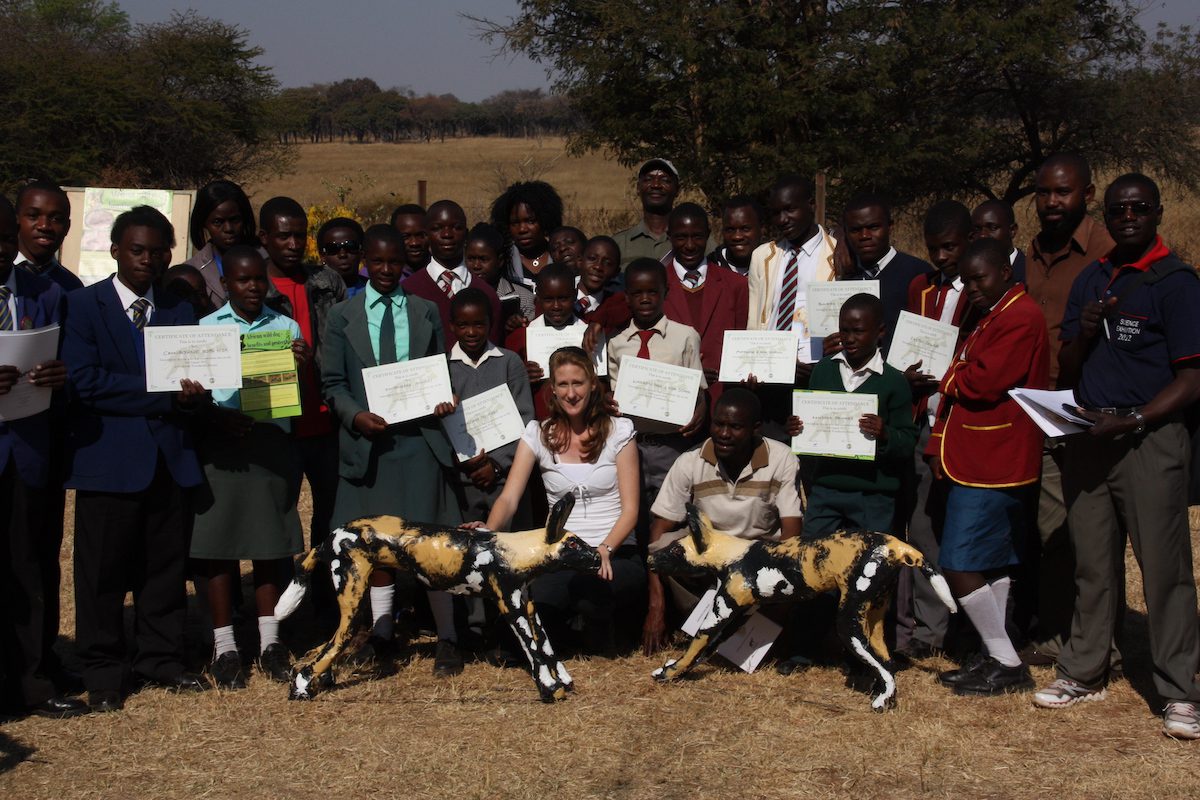
Rosemary Groom with participants attending a workshop on African wild dogs / Photo provided by AWCF
Learning about the African Wild Dog
They hunt on the Run
“They are very efficient hunters with an 80% success rate,” informs Rosemary. “The speed of the hunt is fast. The pack hunts on the run, sometimes disembowelling and eating their prey alive, which, whilst sounding gruesome, usually results in a very quick death for the prey, especially as compared to other large predators. Unfortunately, this hunting technique completely ruined the African Wild Dog’s image, with early settlers considering them vicious and wanton killers. In fact, again unlike some other large carnivores, wild dogs rarely kill more than they can eat.”
(This is just one hunting technique. They can also use the cat stranglehold or kill in other ways.)
They den once a year
Nomadic and only staying in one place when denning – which they do once a year – its’ usually always the alpha female that chooses the den, but any pack member can lead a hunt.
“It’s fascinating watching them then. In almost all populations, breeding is predominantly monopolized by the Alpha female, but in the Savé Valley where I work, around a third of our packs have multiple litters (i.e. a subordinate also breeds),” Groom says.
The pups are born blind and emerge from the den when they are about three weeks old. Litter sizes can vary between 4 and 21pups (average about 10 per litter), and the dogs typically have a lifespan of about 10 years in the wild.
“They are incredibly cute,” she says, describing the pups. “They are just black and white at birth and blind and as they grow they get their tan colouration, become braver and stay away from the den longer.”
“The pups are left behind with a babysitter – often but not always an aunt or older female – when the pack goes hunting. When the pack returns to the den after the hunt, there’s a lot of excitement with the adults calling and pups rushing to greet them. The adults regurgitate meet for the pups and the babysitters (note: the babysitters may be injured or weaker dogs but certainly not always).”
They feed the young and sick
Regurgitating is also a survival strategy.
“Covering huge ranges, carrying the carcass would only lead other predators to the den,” Groom explains. “Lions, hyaenas, birds of prey etc, prey upon the pups and we’ve seen pythons do the same.”
The same caring attitude is shown for the sick and old. When they are not at a den and they make a kill, the adults regurgitate the food to feed first, the pups and then the sick and old. And this is a little known fact about the African Wild Dog with the undeserved reputation of a dangerous killer.
By the age of 10 to 12 weeks, the pack abandons the den and the young follow the adults during hunts, being temporarily stashed with a babysitter when they can’t keep up.
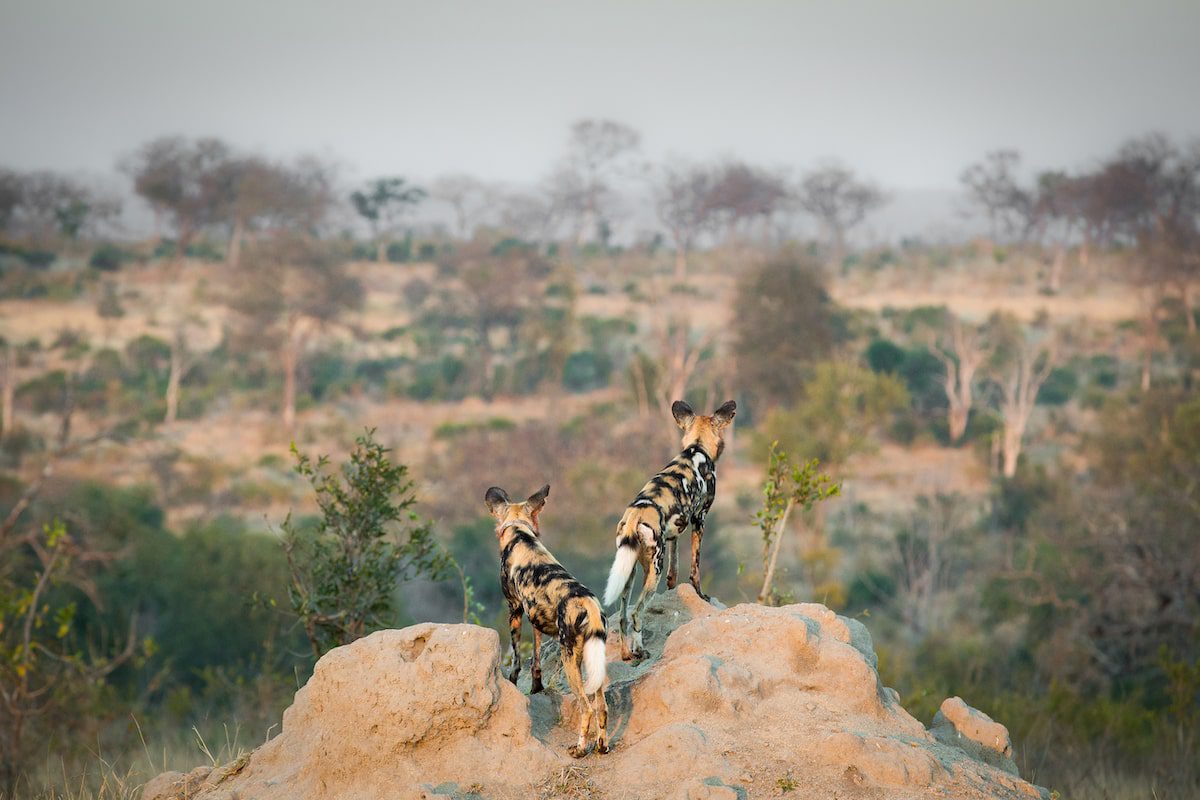
Two African wild dogs look out to the distance / Photo by Mint_Images on Envato
The woes and foes of the African Wild Dog
Early 19th century government policies in Africa were to eradicate large mammals to clear the land for settlement and agriculture. In Kenya, large numbers of Black rhinos were exterminated in 1950s. Similarly, large carnivores like the African Wild Dog were heavily persecuted in southern Africa and people were paid for killing them.
A single pack’s territory ranges between 300 and 3,000 square kilometres. There are few protected areas today with sufficient space for more than a handful of packs.
It is concerning that only a single viable population exist in southern Africa in the three connecting countries – Botswana, Namibia and Zimbabwe – with the connectivity between them for the endangered dogs to find unrelated mates to breed. (show map in red coloured area).
“If this connectivity is broken, then artificial intervention may become necessary,” states Groom.
This would involve artificial simulation of natural dispersal by capturing and translocating packs between populations necessary to increase genetic diversity.
The list of woes is long. Besides habitat loss, increasing human population, and being caught in snares laid out for other wildlife, there’s now climate change. “African Wild Dogs already hunt during the cooler part of the day and den at the coldest time of year,” tells Rosemary. Rising temperatures have a number of impacts on the species culminating in lower pup recruitment meaning fewer pups are born and lower survival rates.
In the larger picture, the presence of African wild dogs in the African savannas means a healthier space for all. They keep the grass and leaf munching herbivores from overpopulating the savannas which inevitably leads to the land becoming overgrazed and eventually degraded.
Learn more about how you can support the African Wild Dogs and the African Wildlife Conservation Fund here.
More to Discover From Africa
Trailblazer Maggie Duncan Simbeye, Tanzania’s First Indigenous Woman Safari Owner
Meet Tanzania’s Maggie Duncan Simbeye, a trailblazing leader who is opening doors for women to follow their dreams.
The Black Fly in Our Chardonnay
Jules Torti and her wife Kim have been on countless adventures in search of booze around the world, from moonshine to craft beers and more!
Why Women Should Visit Nairobi, Kenya (From a Local)
Kenyan Rupi Mangat says her home of Nairobi, Africa has much to offer women over 50, because it’s modern, cosmopolitan and vibrant.

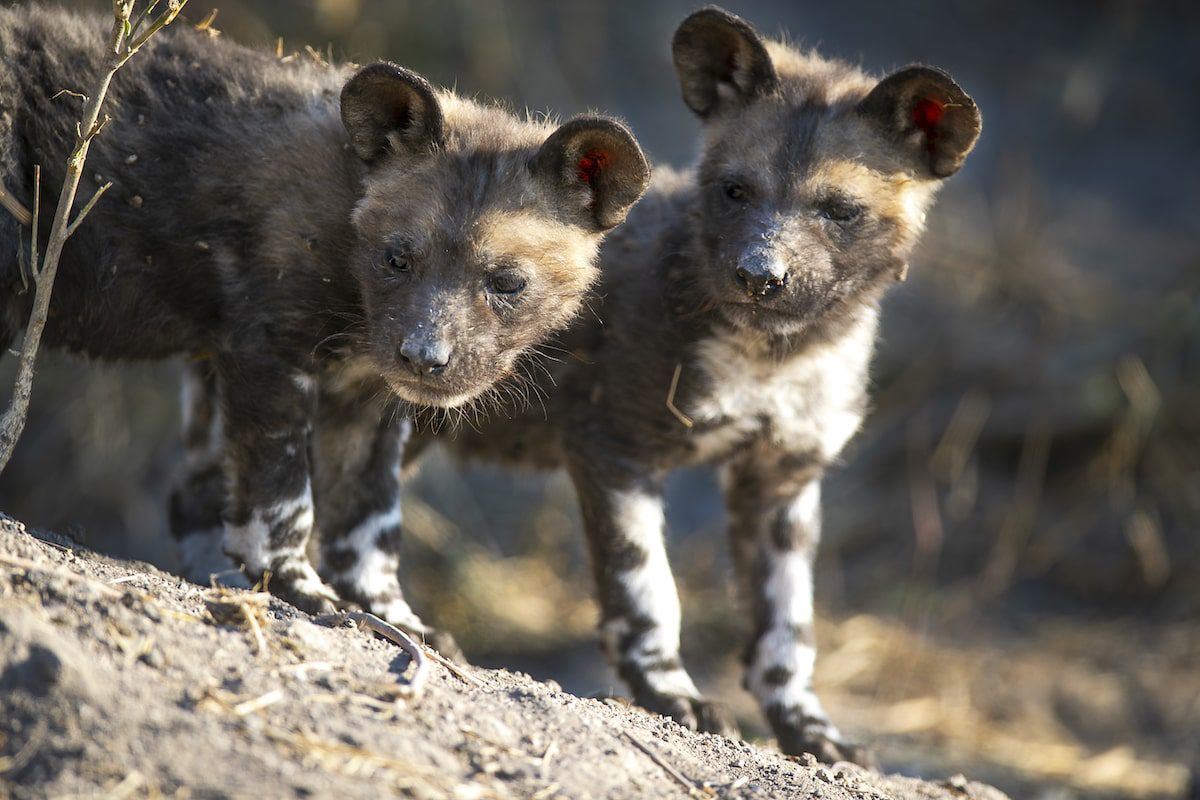



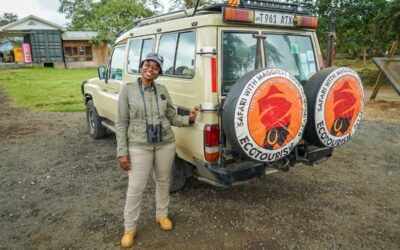
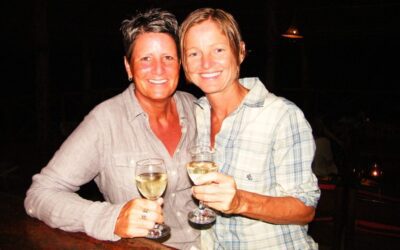
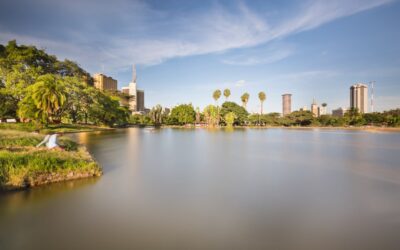
0 Comments
We always strive to use real photos from our own adventures, provided by the guest writer or from our personal travels. However, in some cases, due to photo quality, we must use stock photography. If you have any questions about the photography please let us know.
Disclaimer: We are so happy that you are checking out this page right now! We only recommend things that are suggested by our community, or through our own experience, that we believe will be helpful and practical for you. Some of our pages contain links, which means we’re part of an affiliate program for the product being mentioned. Should you decide to purchase a product using a link from on our site, JourneyWoman may earn a small commission from the retailer, which helps us maintain our beautiful website. JourneyWoman is an Amazon Associate and earns from qualifying purchases. Thank you!
We want to hear what you think about this article, and we welcome any updates or changes to improve it. You can comment below, or send an email to us at [email protected].